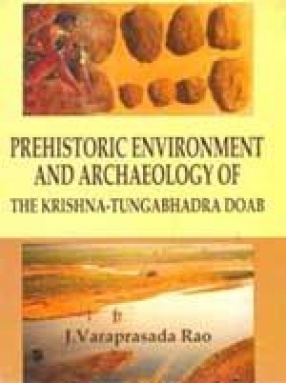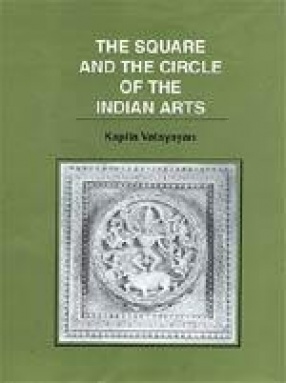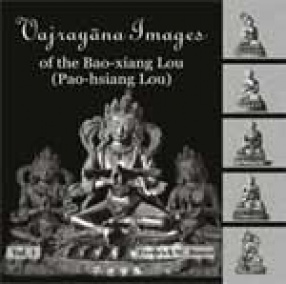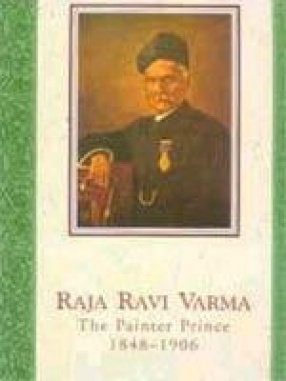The book carried out a systematic study of Prehistoric cultures by using geomorphic, ecological and ethnographic analogy as parameters and reconstructed the cultural process of human occuption from hunter-gatherer to early farming and colonizing stage in the Krishna-Tungabhadra Doab. This region was under the threat of submergence by the Srisailam Hydro-Electric Dam project, hence as a part of salvage archeology this task was taken up. The study was done on the new discoveries and also using earlier finds so as to glean the complete picture of the cultural development. There are evidences from Lower Palaeolithic to Megalithic with continuation into early historical sites in the valley occupying along the banks of the rivers. The sites are found in primary and stratified contexts, which enable to understand the development of civilization. It is a micro regional study where more emphasis was given on the Prehistoric culture besides dealing the outlines of the Neolithic and Megalithic cultures. The distribution of sites was done in relation to their topographical settings against the background of their ecology, raw materials, water source and Quaternary deposits and established the man-land relationship within the chronological frame work. The Quaternary deposits were found in the form of High Level Gravels and Older Alluvium, some how or other which are related to the sites that help to draw the climatic conditions and atleast there were tow cycles of wet and dry climatic phases during Stone Age times. The ethnographic analogy was taken from the local tribe ‘Chenchus’ who are living contiguous to the Prehistoric sites gave insights as regards the seasonal migrations, types of temporary dwellings, their hunting practices and food economy. Their tools kit is also very significant to have parallels with the Stone Age tools kit. Thus the author had utilized all possible traits in reconstructing the settlement system of the Prehistoric people in the Krishna-Tungabhadra Doab.
Prehistoric Environment and Archaeology of The Krishna-Tungabhadra Doab
In stock
Free & Quick Delivery Worldwide
reviews
Bibliographic information
Title
Prehistoric Environment and Archaeology of The Krishna-Tungabhadra Doab
Author
Edition
1st ed.
Publisher
ISBN
8186050744
Length
xxii+242p., Figures; Tables; Plates; Maps; Bibliography: Index; 29cm.
Subjects





There are no reviews yet.